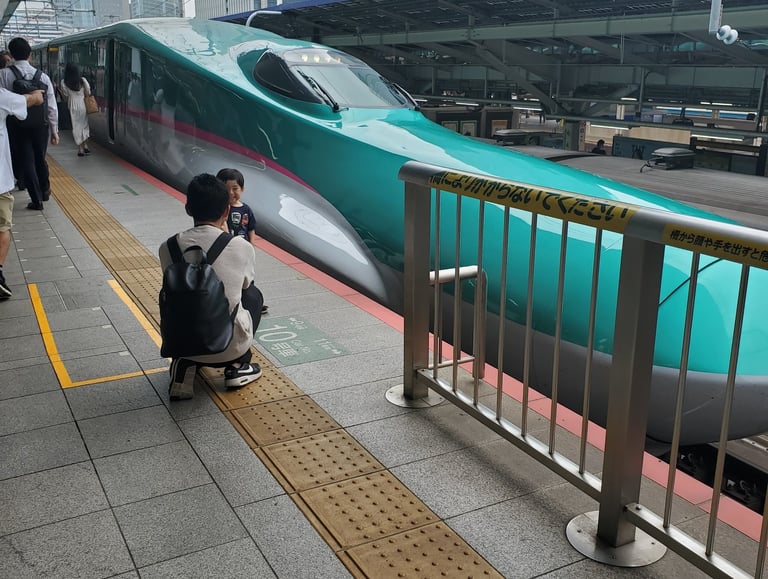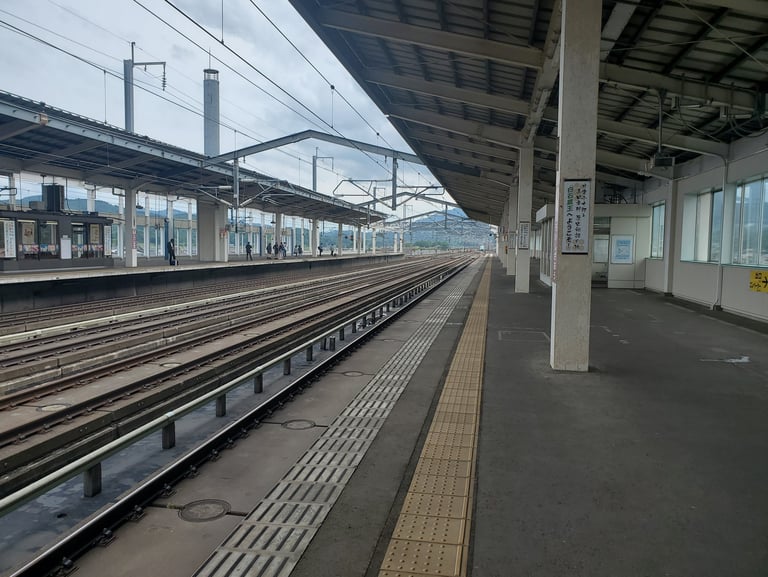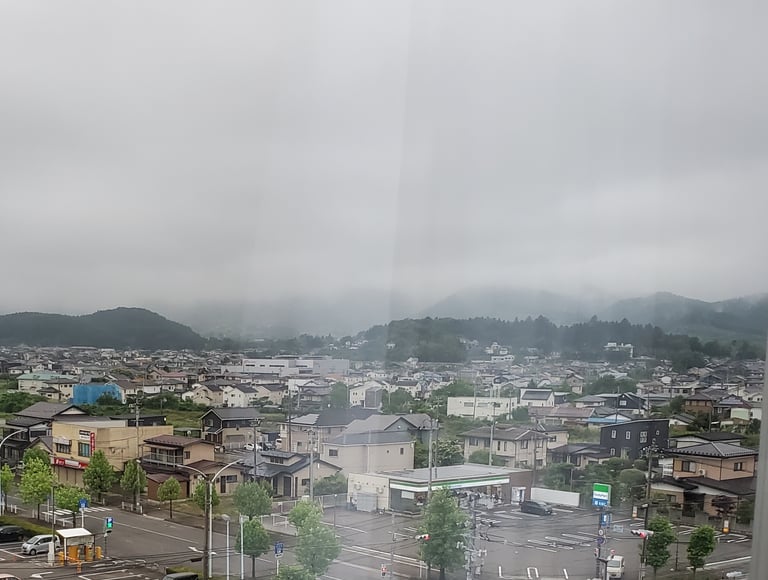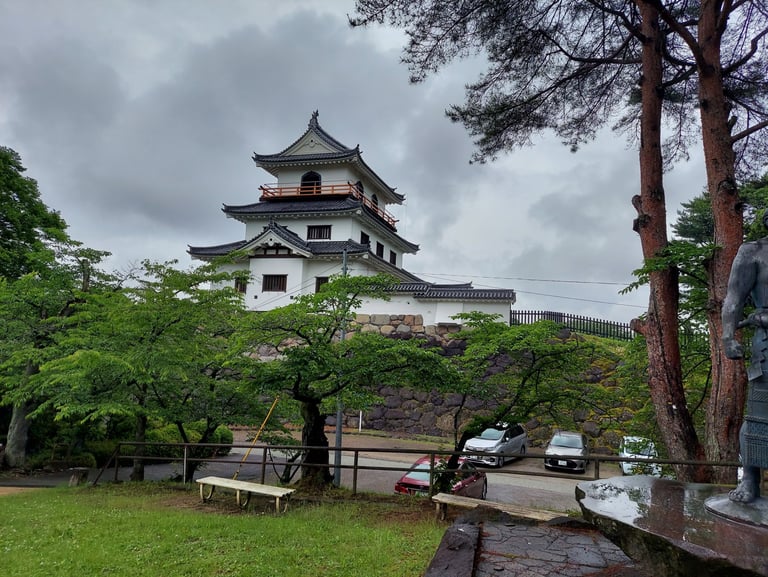What's Stopping You? Change Your Life!
Shiroishi
A Land of Castles and Foxes
WILLIAM
10/10/20255 min read
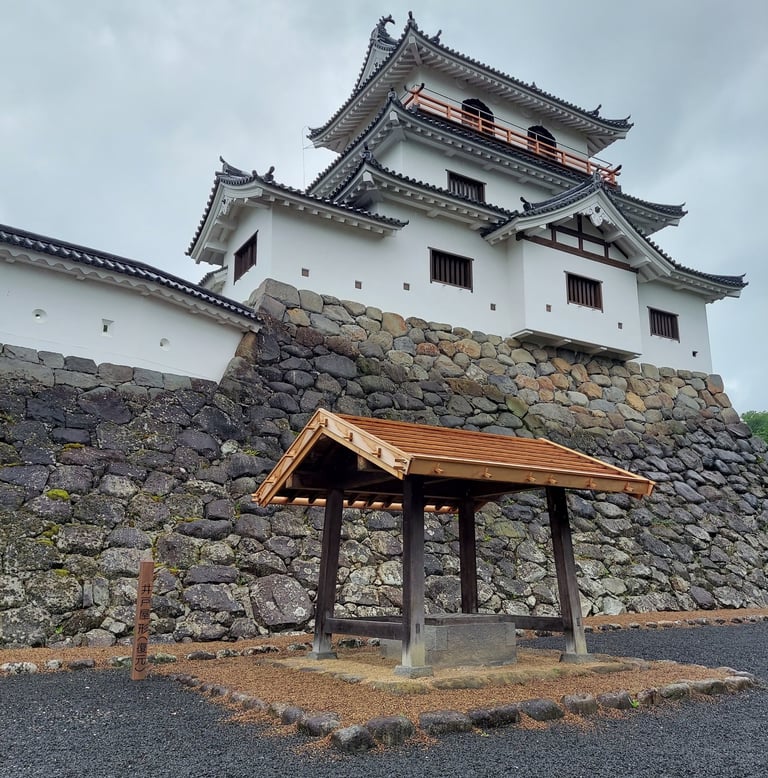

Wandering North
The first time you go to Japan, you’ll be amazed at the sheer enormity of the country. On our first trip, we made the rookie mistake of thinking we could see it all in a week — a quick bus or train ride to the next town, a few photos, some sushi, and on to the next stop.
But Japan’s four main islands — Hokkaidō, Honshū, Shikoku, and Kyūshū — stretch roughly 3,000 kilometers (1,860 miles) from north to south. That’s about the same distance as the U.S. East Coast, from Maine to Florida. Hokkaidō aligns with Maine or Nova Scotia, Honshū (home to Tokyo, Kyoto, and Osaka) spans the latitudes of New York to Georgia, and Kyūshū and Okinawa reach into the subtropics, warmer than Florida.
It’s a much, much bigger country than we had anticipated.
The Village Beyond Sendai
After landing in Tokyo, we planned to head north by shinkansen to a small town called Shiroishi (白石市) in Miyagi Prefecture, southwest of Sendai. It’s known for two things: Shiroishi Castle, once home to the Katakura clan (1557–1615), and the Zao Fox Village, a mountainside sanctuary where hundreds of foxes roam freely.
We went for the foxes — and found the castle instead.
Because of the distance, we opted to ride the bullet train, or shinkansen. Thanks to its speed, the trip took under two hours. By comparison, the local or express train would have taken about seven hours. However, the shinkansen costs around USD 70 one way, while the local train costs about USD 15. It becomes a balance between time and money. If you’re traveling long distances, the bullet train is probably your best choice; save the local and express trains for shorter routes. Also, note that you can’t use your Suica card on the bullet train — you’ll need to buy physical tickets.
The ride felt similar to flying on an airplane, except you can look out the window and see the towns pass by at sea level. The journey is smooth, the seats are comfortable, and the staff are unfailingly helpful. The ride was over much too quickly.
When we stepped off the bullet train at Shiroishi-Zao Station, the platform was nearly empty. Wind blew through the open-air station. Across from the exit hung an enormous poster showing two samurai: one in red armor, the other in blue. Their armor — a style called Tōsei-gusoku (当世具足), or “modern armor” — glinted beneath the station lights.
It was a reminder that Shiroishi has not forgotten its samurai roots.
Along Route 4
Our hotel sat just across from the station — a welcome sight in rural Japan, where small towns keep things simple. After checking in, I traded slip-on shoes for walking shoes and set out along National Route 4 (国道4号, Kokudō Yon-gō), the main road winding toward the heart of town.
Shiroishi is quiet, humble, and deeply agricultural. Rice, cabbage, and green onions grow between clusters of wooden homes. Fields seem to wrap themselves around neighborhoods instead of the other way around.
It should have been a twenty-minute walk, but I stopped often — to look at a roadside shrine, a weathered postbox, a trickling irrigation canal. It took forty minutes, maybe more. That’s the purpose of wandering, after all — to notice what others pass by.
The Castle That Came Back
Then, from the middle of a bridge, I saw it — Shiroishi Castle rising from the hill, framed by green summer trees. It took my breath away. Massive, white-plastered walls gleamed through the foliage, a vision straight from another century.
The original castle was built in the early 1600s but destroyed in 1875 during the Meiji era, when Japan rushed to modernize and distance itself from its feudal past. For more than a hundred years, only its foundation stones remained.
Then, in 1995, the townspeople rebuilt it — not with steel and concrete, but by hand, using Edo-period craftsmanship. Local cypress and zelkova timbers were joined without nails or screws, held together by mortise-and-tenon joints and interlocking beams, just as samurai carpenters once did. Hidden steel rods were added only for seismic safety. What visitors see today is almost exactly as it would have appeared four centuries ago: white plaster walls, black-tiled roofs, and hand-hewn wooden beams.
It’s magnificent.
Morning in Shiroishi
That evening, I wandered back, bought bottled water from a konbini (you’ll buy a lot of those in Japan’s summer heat), and shared my discovery. The next morning, we woke early to make our way to the castle.
Breakfast in rural Japan can be a surprise to first-time travelers. Unless you’re staying in a large international chain, there are no “traditional” breakfast foods. Instead, you’ll find rice, soup, curry, and fish — the same foods enjoyed any time of day. And always miso, the soul of Japanese cuisine.
Here in Shiroishi, miso takes on a deep, red hue — aka miso (赤味噌) — aged longer and saltier than Kyoto’s pale white miso. Nearby Sendai is famous for its sweeter Sendai miso (仙台味噌), but both share the earthy warmth that defines Miyagi cooking.
Local specialties include gyūtan (牛タン) — grilled beef tongue, a Sendai delicacy — and Shiroishi Umen (白石温麺), “warm noodles of Shiroishi,” which are actually eaten chilled in summer. Both are humble, honest meals — like the people who make them.
We headed to the konbini for some snacks and bottled water and flagged down a taxi. We were off to the castle.
So far, our experience in Shiroishi, revealed a microcosm of Japan itself — the balance between old and new, reverence and renewal. The castle, rebuilt by its people, stands not just as a monument to the past but as proof of how deeply history still shapes the present. Sometimes the best journeys begin with a simple train ticket and a willingness to wander.
If You Go
Getting There: Take the Tōhoku Shinkansen from Tokyo Station to Shiroishi-Zao (about two hours). From the station, most hotels and the castle are within walking distance or a short taxi ride.
Where to Stay: Local inns and business hotels near the station are simple and welcoming.
What to See: Shiroishi Castle, Zao Fox Village, and the small shrines scattered among the rice fields.
Local Tip: Bring walking shoes — and curiosity. In Japan’s small towns, the beauty lies between the landmarks.
